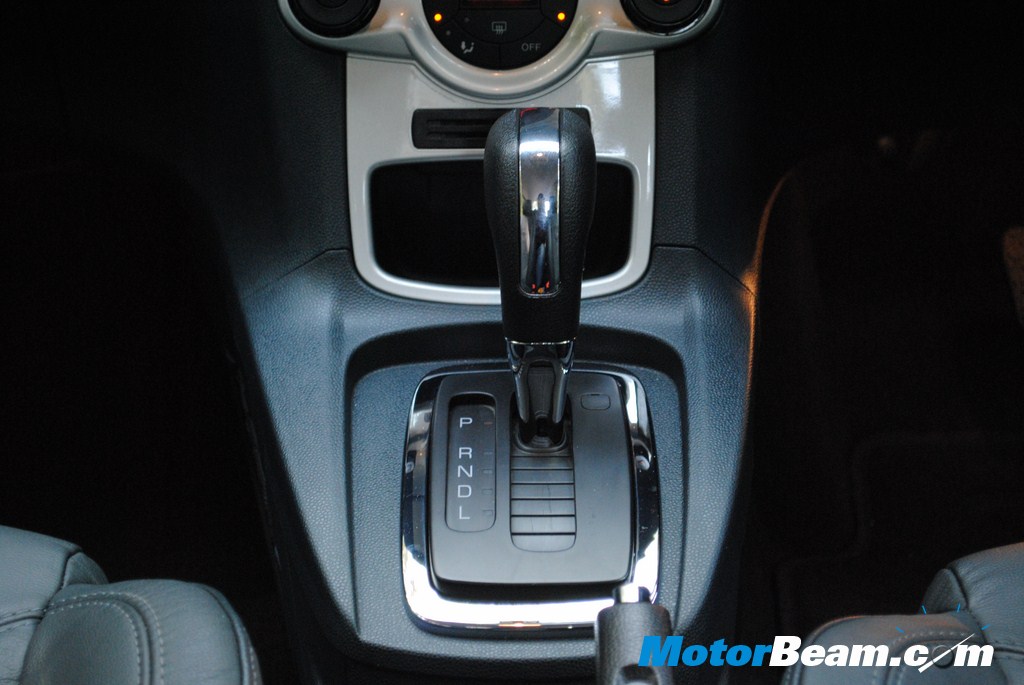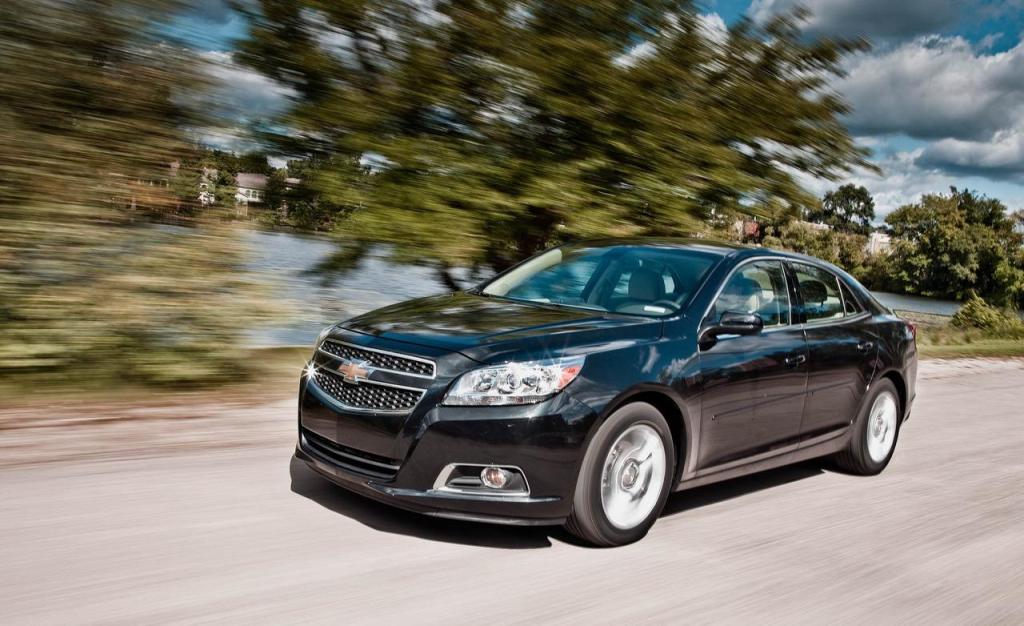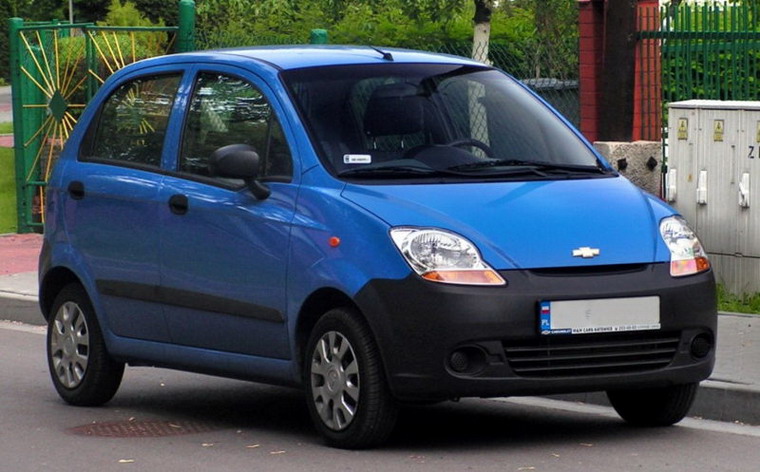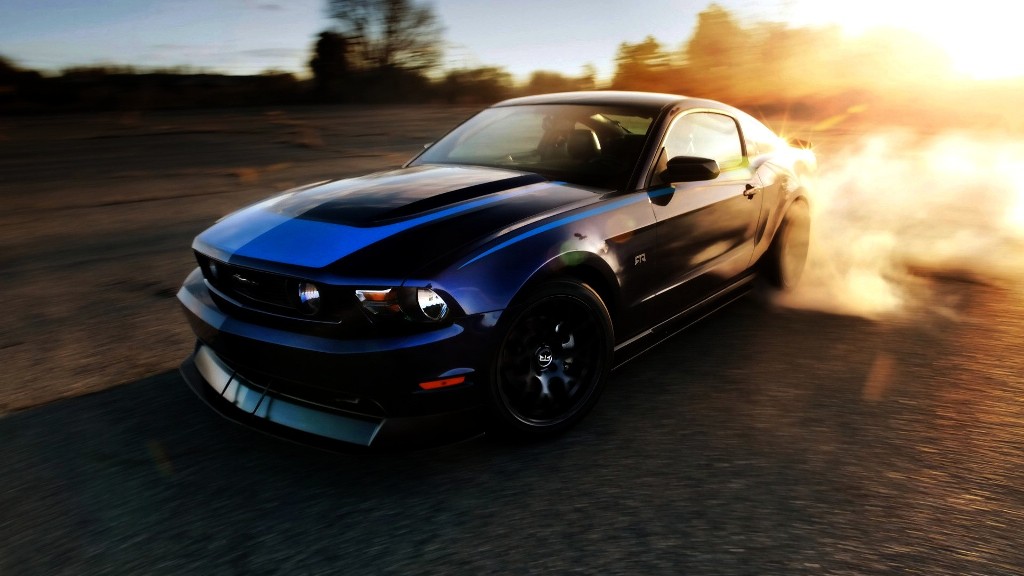They’ve been the stuff of transmissions for 125 years. But today’s gearboxes have as much in common with the transmission on Henry Ford’s 1896 Quadracycle. Today, traditional manuals and torque-converter-equipped automatics share the road with continuously variable transmissions (CVTs), dual-clutch automated manuals, electrified automatics and power-split electric motor transmissions. Though two and three-speed automatics and four to five-speed manuals ruled for decades, new transmissions by many automobile manufacturers offer seven, eight and even nine forward gears. As the gear count in the new cars approaches double digits, we have to wonder: What’s with the rush for more speed and how much is too much?
Longtime Detroit based rivals, General Motors and Ford Motors are expected to announce an agreement to jointly develop new automatic transmissions, courtesy stringent new Federal fuel economy regulations set for 2017 as well as similar standards coming in Europe. This is not the first time the US Automobile giants are working together on transmissions. A decade back in the year 2002, they agreed to share the design and production of a new 6-speed automatic for front-drive vehicles. Introduced in 2006 as Ford 6F and G.M. 6T70, the mechanical parts remained common but the electronic controls were specific to their applications which tailor the transmissions to nearly 30 different models.
The latest craze amongst manufacturers is the eight-speed automatic transmission. BMW, Audi, Lexus and Porsche currently offer octo-geared automatic transmissions with traditional torque converters and planetary gearsets. Chrysler recently announced it would license ZF-built eight-speeds to pair with the Pentastar V6, But you can always go higher. Mercedes-Benz is known to be developing a nine-speed version of its G-Tronic gearbox to back its AMG performance models.
According to Ford Motor Company’s chief engineer of transmissions, Craig Renneker, more gears give powertrain engineers more gear spread to work with. This means first gear can be shorter for better off-the-line acceleration while the top gears can be taller for better fuel economy. Having more gears allows smaller, more economical engines to power larger vehicles or improves the efficiency of existing engines. Adding more gears is the only way to have a large overall ratio spread (for both good acceleration and quiet highway cruising) along with a small ratio spread between gears (to keep the engine revving at its best power level for a given road speed). The higher the number, the better.
– Prashant Tomar





